The aerospace industry has experienced significant advancements in recent decades, thanks to technological innovation. The industry is constantly evolving and transforming, from manufacturing lighter and more efficient aircraft to automation and artificial intelligence.
One of the most notable trends in the industry is the implementation of additive manufacturing technology, also known as 3D printing. This technology is increasingly being utilized for the production of complex and customized parts, leading to improved efficiency and reduced production costs. Aircraft parts, from the smallest to the largest, are now being manufactured with the aid of additive manufacturing.
Another significant trend in the industry is the use of composite materials for aircraft manufacturing. Composite materials such as carbon fiber are lighter and stronger than traditional materials like steel and aluminum, leading to reduced aircraft weight and improved efficiency. Additionally, these materials are more durable and corrosion-resistant, which means that aircraft can have a longer service life.
The development of electric and hybrid aircraft is also a crucial trend in the industry. Electric aircraft, which use electric motors instead of internal combustion engines, have the potential to reduce carbon emissions and noise. Hybrid aircraft, which combine electric motors with internal combustion engines, are more efficient and have a greater range. These technologies are still under development but are expected to have a significant impact on the aviation industry in the coming years.
Moreover, artificial intelligence and automation are transforming the aviation industry, with aircraft being equipped with autonomous systems that allow them to operate independently in certain situations such as landing and takeoff. Additionally, drones and other unmanned aerial vehicles are increasingly being used for a variety of tasks, from surveillance to cargo transportation.
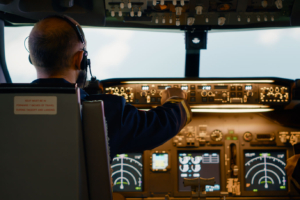
source: https://www.freepik.es/foto-gratis/capitan-linea-aerea-masculino-fijando-botones-altitud-longitud-utilizando-comando-navegacion-tablero-panel-control-avion-volador-tripulacion-brujula-radar-motor-electrico-parabrisas_28175554.htm#query=Inteligencia%20artificial%20aeronautica&position=47&from_view=search&track=ais
Finally, the aerospace industry is also undergoing a shift toward greater sustainability and environmental responsibility. Manufacturers are designing aircraft with lighter and more efficient materials, and technologies are being developed to reduce carbon emissions. New alternative fuel sources such as biofuels and hydrogen are also being explored, which could significantly reduce the industry’s carbon emissions.
In conclusion, the aerospace industry is experiencing an era of rapid technological development, with innovations in additive manufacturing, composite materials, electric and hybrid aircraft, artificial intelligence and automation, and sustainability. Follow us on our social networks to keep up to date with the latest industry trends.

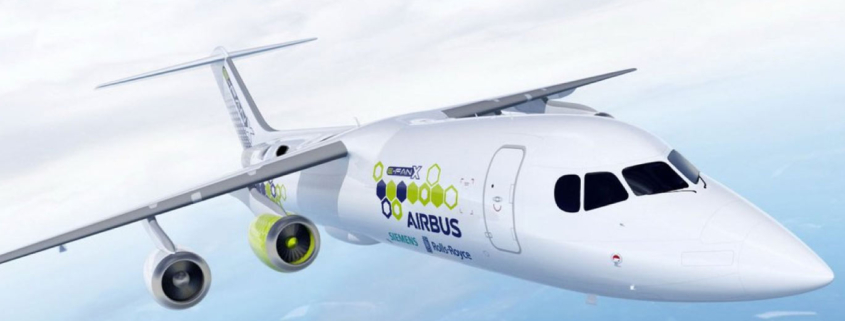
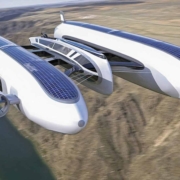
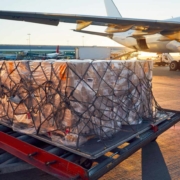


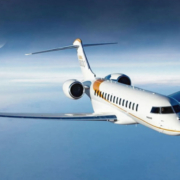





Leave a Reply
Want to join the discussion?Feel free to contribute!